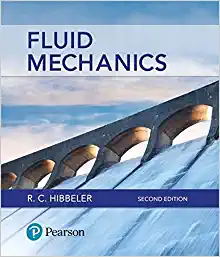Question
For the rest of this problem set, you need to watch a video of your professor making waves on a PASCO Transverse Wave Motion Demonstrator:
For the rest of this problem set, you need to watch a video of your professor making waves on a "PASCO Transverse Wave Motion Demonstrator": https://youtu.be/IgwRnGga6jA This is a series of steel rods that are attached at their centers to a torsion wire. When one rod at the end is oscillated up and down, a sine-wave pattern propagates along all the other rods at a certain speed. In the video, the time is recorded in seconds since I first start oscillating the left end, and the metre-stick labels cm.
we want to think about the frequency of the wave. This is the frequency of the oscillation which starts each wave at the left end. To find the period, count the number of oscillations that happen in a certain amount of time, and divide the time by the number of oscillations. (Note that it's sometimes good to include fractional oscillations, so if something oscillates two complete times plus another half-oscillation, then the number of oscillations you should record is 2.5.) Once you have the period, "flip it" to get the frequency.

Step by Step Solution
There are 3 Steps involved in it
Step: 1

Get Instant Access to Expert-Tailored Solutions
See step-by-step solutions with expert insights and AI powered tools for academic success
Step: 2

Step: 3

Ace Your Homework with AI
Get the answers you need in no time with our AI-driven, step-by-step assistance
Get Started


